Community facilities: Town Centre First
Town centres offer the perfect location for public buildings and businesses. Often what’s critical is simply the decision to do those things in the town centre, rather than out of town: in other words, to apply the Scottish Government’s Town Centre First Principle.
Once that decision has been made, it’s on with the hard work of delivering the project – but, as this page shows, there are plenty of good examples to learn from led by local communities and the public sector. There are links to useful resources at the bottom of the page.
The town centres showcased in Inspiration also have good stories to tell.
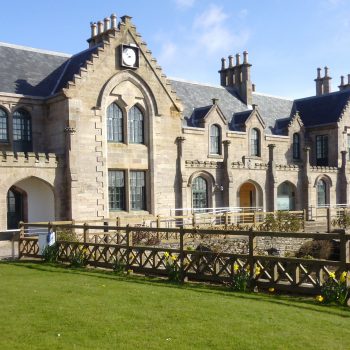
Social enterprise: Dunbar Community Bakery
Dunbar Community Bakery was set up by the local community development trust, Sustaining Dunbar, over a two-year period from 2009 to 2011. Since then, it has been baking artisan and traditional breads, patisserie and savouries, selling through its High Street shop and cafe (a former newsagent) and wholesale. The team also produces for local schools and those in need in the community, runs bread and patisserie courses, ensures zero food waste by donating unsold products, and sources local ingredients where possible.
Turnover has steadily increased from just under £50,000 in 2011 to over £200,000 in 2017, employing 4 full-time bakers and 2 full-time shop staff. A core group of volunteers provide a reliable workforce of regular drivers for daily deliveries. Volunteers are also essential to the bakery’s presence at major community and tourism events, when local businesses are able to have market stalls. And the whole operation is of course led by a strong volunteer management committee, who are focussed on creating employment and bringing life to the high street.
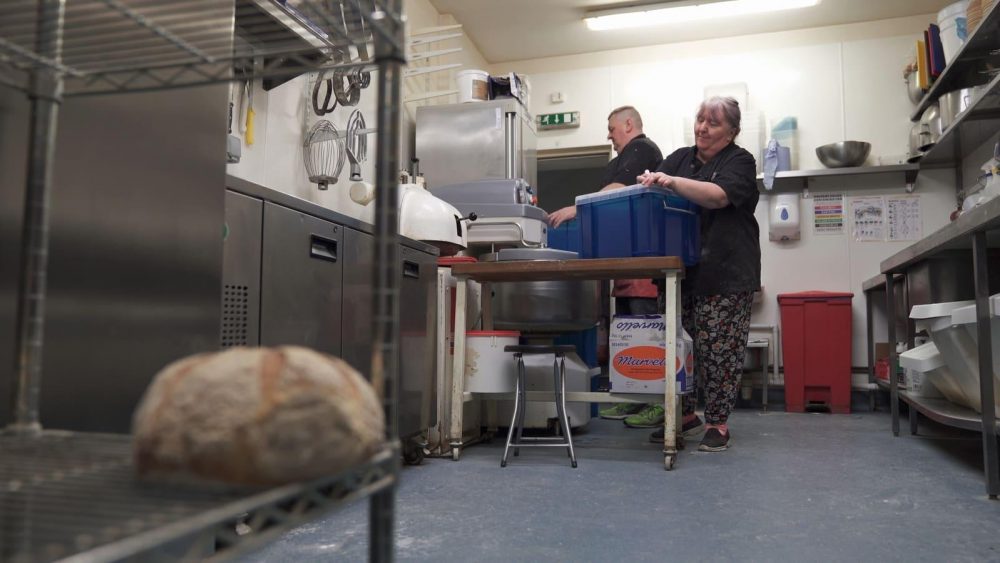
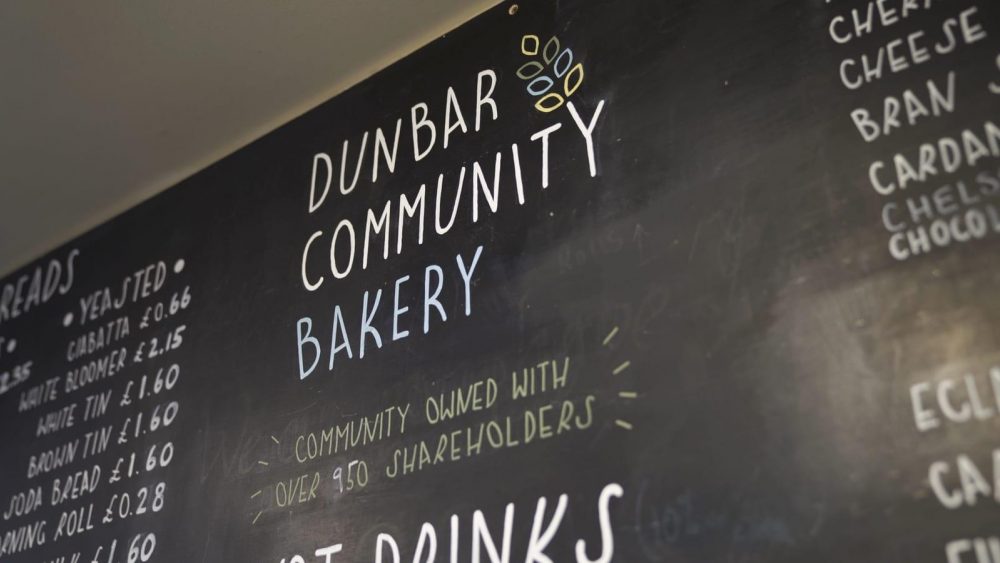
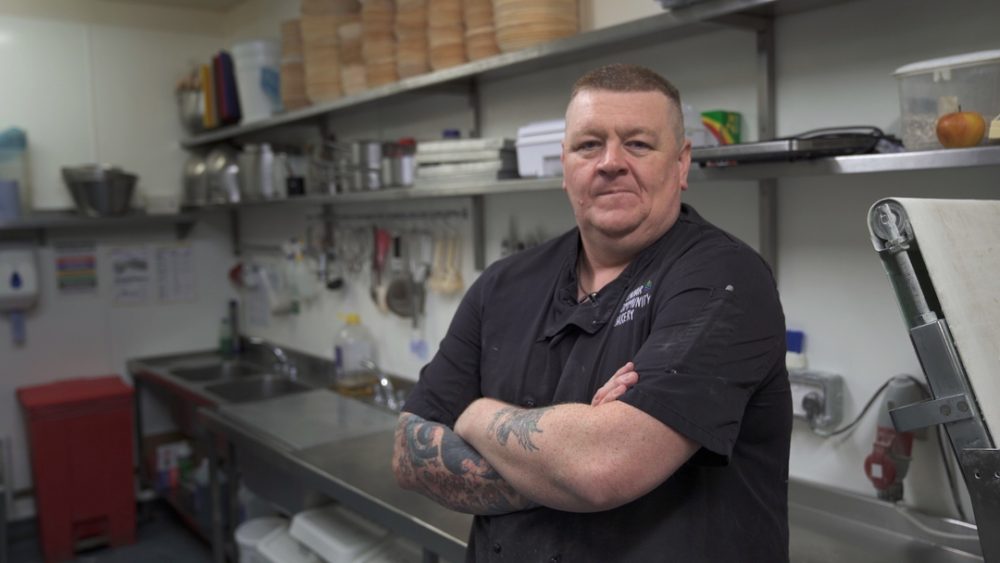
The bakery was one of the first community businesses in Scotland to be established by local residents via a community share offer, supported by the Plunkett Foundation. During the two-year setup period, shareholders grew to over 300 people who invested more than £40,000 into the project. Ten years on, the bakery has over 1,000 shareholders who continue to provide funding in the form of donations and loans to support ongoing maintenance costs such as shop refurbishment.
For more information, please contact the Plunkett Foundation: info@plunkett.co.uk.
Public services: Barrhead
The closure of major industrial employers in Barrhead in the 1980s and 90s left a legacy of poverty, unemployment and town centre deterioration. In 2002, East Renfrewshire Council launched Barrhead Regeneration Initiative: a long‐term growth strategy which prioritised town centre regeneration, economic activity, and improved health and housing.
Over a number of years, the local authority and its public sector partners took a number of capital investment decisions to rejuvenate the town centre, including locating an £18m health centre, a new leisure centre, library, business centre and council offices in the town centre – all of which are major new public facilities right on the Main Street.
The leisure, learning and business elements are in Barrhead Foundry, a £5m multi-purpose building that is home to a leisure centre and swimming pool, as well as an evolving mix of learning/skills training and business space. The Foundry attracts 400,000 people a year.
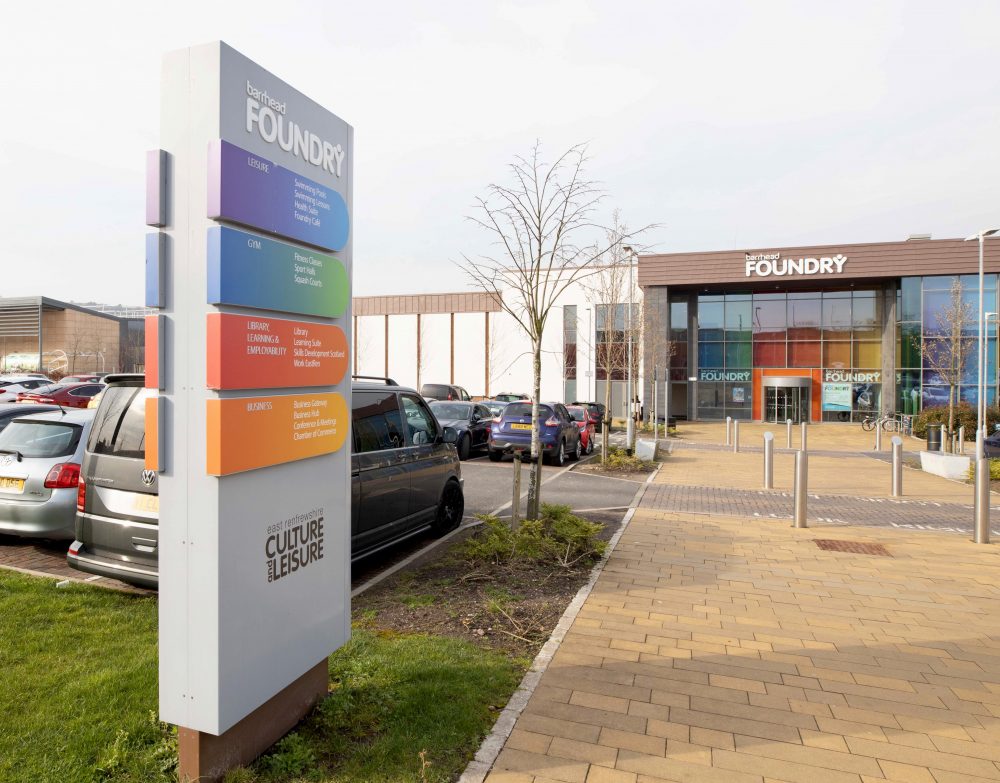
The Health and Care Centre provides a range of integrated primary health and social care facilities under one roof – including three GP practices, two dental surgeries, a day care centre for elderly people, adult mental health services, children’s services, podiatry, physiotherapy and sexual health.
Other investments in the town centre include a new ASDA supermarket, new housing and public realm improvements along the main shopping street. The council’s role includes buying land to instigate development from both public and private sectors, as well as co-ordinating major housing developments, transport and greenspace investments outwith the town centre.
Barrhead won the 2015 SURF Award for Scotland’s Most Improved Town: Small and Medium not least because of the Council’s leadership and commitment to the town centre, with the relocation of key services to the main street clearly helping to sustain businesses and create new employment opportunities, underpinning a strong economic core for the rest of the town.
Since winning the award, Barrhead has benefitted from an increased confidence in the town, and also from further investment. In summer 2016, Barrhead town centre retailers voted to establish a new Business Improvement District – called All About Barrhead – to lead an exciting programme of social events to bring more people to the town centre. Meanwhile, other regeneration projects in the town will bring new jobs (over 300 in new industrial units on the former Nestle factory site) and residents (over 1,000 new homes being developed at Barrhead South).
On the south side of the town, the first planning applications have been submitted for the Barrhead South urban expansion area. As well as over 1,000 new homes, Barrhead South will deliver a new railway station, access improvements and high quality greenspace. Back in the town centre, plans are progressing for a linear park to provide pleasant pedestrian and cycle links.
For more information, contact East Renfrewshire Council by email: business@eastrenfrewshire.gov.uk
Community hub: Garrison House, Millport
One of the most historic buildings on the isle of Cumbrae, Garrison House in Millport has been part of the island’s heritage since it was originally built in the 1700s to stop smuggling on the Clyde. Following a major fire in 2001, the building became a derelict eyesore – right on the seafront at one end of the high street. The local community quickly formed Cumbrae Community Development Company with the purpose of restoring Garrison House for the benefit of the whole community, raising over £5 million from the Heritage Lottery Fund, North Ayrshire Council, Historic Scotland, Highlands and Islands Enterprise and the European Regional Development Fund. Renovations were completed in 2008.
The end result is a complete transformation providing a vibrant hub of activities in Millport for locals and visitors alike. The Garrison is the focal point of the island, containing a mix of facilities which also help to support businesses along the adjacent high street:
- GP surgery and NHS services
- Library and public internet access
- Museum of the Cumbraes
- Garrison House Café
- Craft shop
- Rooms for community groups and activities
- Council offices
But the community hasn’t stopped there. Renovation of Garrison House has given them the confidence and energy to achieve more. Subsequent projects have included a £400,000 business centre in the Garrison grounds, funded by the Scottish Government Town Centre Regeneration Fund – and many other community-led visitor, business and heritage projects elsewhere on the island. Meanwhile, work continues to improve Garrison House, focussing most recently on making more of the extensive wooded grounds – effectively a town centre park – for residents and visitors.
Sport and leisure: Irvine Portal
The Magnum Leisure Centre in Irvine was renowned throughout the West of Scotland. When it was opened in 1975 it was the largest leisure centre in Europe, with a million visitors a year coming for skating, boxing, bowls, dog shows and gigs from Chuck Berry to The Clash. Thirty years later, tastes had changed and visitor numbers had dropped hugely.
When North Ayrshire Council took the difficult decision to close the Magnum in 2009, they also decided that its replacement should be in the heart of the town centre: a redevelopment of the historic 1860s Townhouse and surrounding land on the High Street. Ten years later, the new £20m leisure centre has opened, breathing new life into the town centre and conserving valuable heritage for the future.
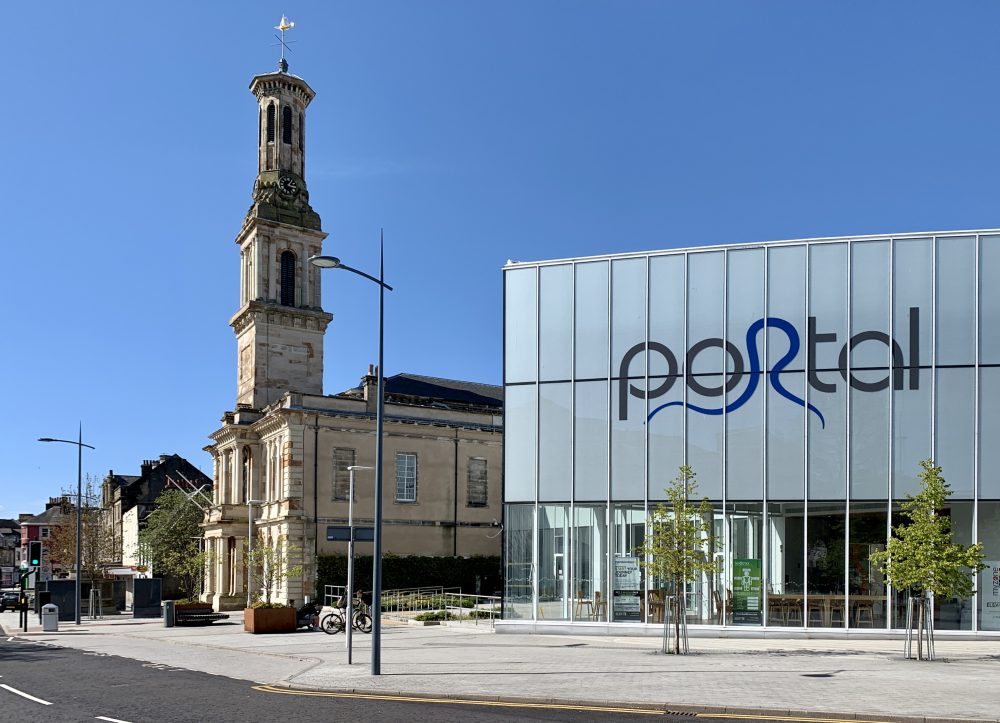
The new centre, Irvine Portal, was completed in 2017. The complex includes:
- 25m competition pool
- Teaching pool
- Fitness suite
- Studios
- Public café and lounge
- Courtyards and a garden
- A foyer for exhibitions and meetings
- New public realm on the High Street
The facilities not only provide state-of-the-art indoor sports facilities for the town, but also cater for local and family history, art exhibitions, and community and cultural events. All areas are fully accessible for wheelchair users and those with a disability. All this right in the heart of the town centre, with excellent public transport links, accessible to the whole community.
Community library: Falkland

In October 2015, Falkland Library was one of sixteen libraries identified for closure by Fife Council. The library building adjoins the Community Hall, so it made sense for Falkland Village Hall Trust, the local charity which operated the hall, to consider acquiring the library to create a joined-up community space.
From the Trust’s perspective, there were three key interdependent elements required to guarantee a successful bid and long-term viability of the project:
- Vision: extensive local community engagement produced a clear vision and local support for a community-run library.
- Structure: the Village Hall Trust, previously an unincorporated charitable body, realised it needed to become an ‘incorporated’ body in order to secure funding and manage the library. A new organisation was formed: Falkland Community Development Trust, which is a company limited by guarantee. (For more information on incorporation and different organisational structures, see: Taking Action).
- People: as well as gaining community support to proceed, the Trust realised they needed volunteers to staff the library and help with fundraising and other activities.
With these elements in place, the community began the journey of acquiring the library to make sure it stayed open. Outline and full business cases were submitted to the local authority in 2016 and approved later that year, leading to an initial five-year lease starting in April 2017 with an option to renew it for a further 25 years.
The library was officially re-opened in July 2017, and is open four days a week. The library catalogue can be accessed online by users and includes eBooks. Other services include free Wi-Fi, IT, hot drinks, storytelling events, robotics and creative writing courses, a summer reading competition and meet-the-author events. Revenue from lets of the village hall, which backs onto the library building, help to subsidise future plans.
Resources for community facilities: Town Centre First
Community Ownership Support Service: supports community ownership and asset transfer of buildings and land, managed by DTA Scotland.
Plunkett Foundation: advice and case studies on running community businesses like shops, business hubs or pubs.
Scottish Government Town Centre Planning Pilots Programme: advice and case study on Fife Council’s approach of incentivising town centre developments by reducing planning obligations on them.
Scottish Land Commission: online advice about funding sources and different types of funding for bringing vacant and derelict land back into use.